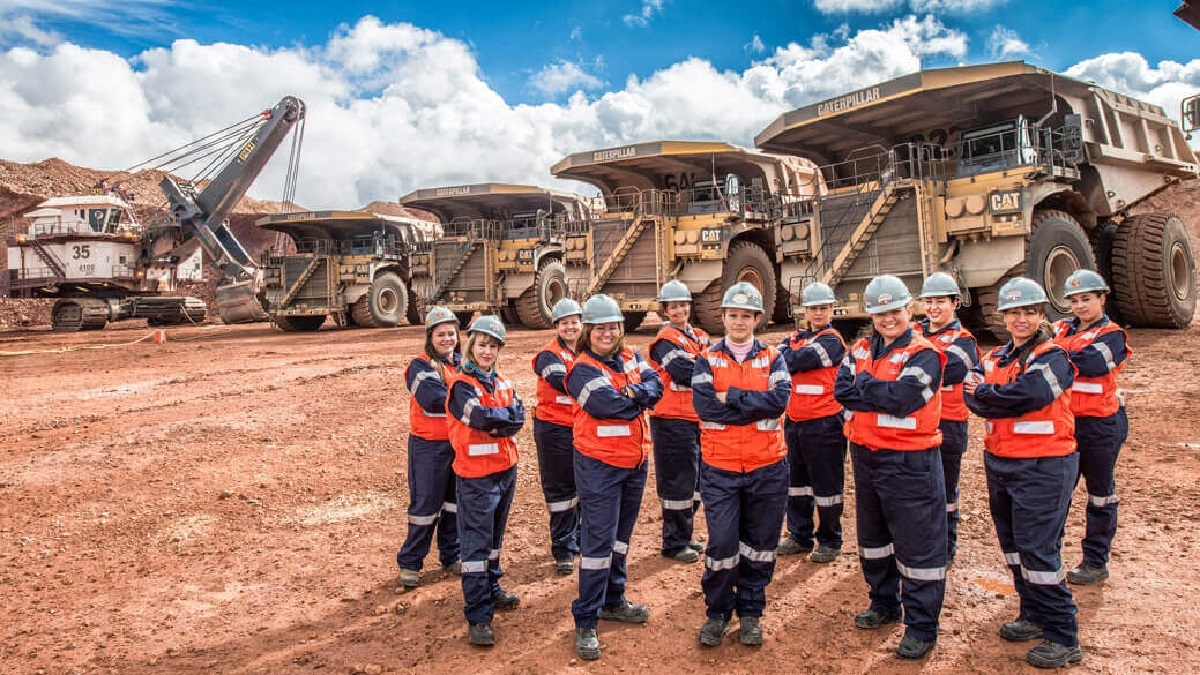Mexican copper giant Grupo México labors under a high level of debt, has an unstable dividend track record and experienced highly volatile share price during 2020's first quarter, an Australian-based stock market news source said in a recent analysis.
Whether that means Grupo México is a good stock purchase bet really is up to the investor, Simply Wall St said in its analysis of the company published May 20.
"Valuation is only one side of the coin in terms of building your investment thesis, and it shouldn't be the only metric you look at when researching a company," the analysis said.
Grupo México is the nation's largest mining corporation and the third largest copper producer in the world, with its rail transport division operating Mexico's largest rail fleet.
Simply Wall St, based in Sydney, said it analysed whether Grupo México's stock is fairly priced. The analysis included a look into Grupo México's expected future cash flows, compared with the company's present value, using the Discounted Cash Flow (DCF) model.
DCF finds a value based on time and the monetary value of that time.
"It may sound complicated, but actually it is quite simple," the Simply Wall St analysis said.
Simply Wall St also used a "two-stage growth model," accounting for two stages of Grupo México's growth. The analysis also assumed "that a dollar today is more valuable than a dollar in the future, and so the sum of these future cash flows is then discounted to today's value."
The analysis found that Grupo México's total value, or equity value, currently stands at about $13 billion U.S.
"The last step is to then divide the equity value by the number of shares outstanding," the analysis said. "Relative to the current share price of Mex $48.1, the company appears around fair value at the time of writing. Remember though, that this is just an approximate valuation, and like any complex formula – garbage in, garbage out."
The analysis also admitted that DCF "is not a perfect stock valuation tool."
"Rather it should be seen as a guide to 'what assumptions need to be true for this stock to be under/overvalued?'” the analysis continued. "If a company grows at a different rate, or if its cost of equity or risk-free rate changes sharply, the output can look very different."

 Alerts Sign-up
Alerts Sign-up